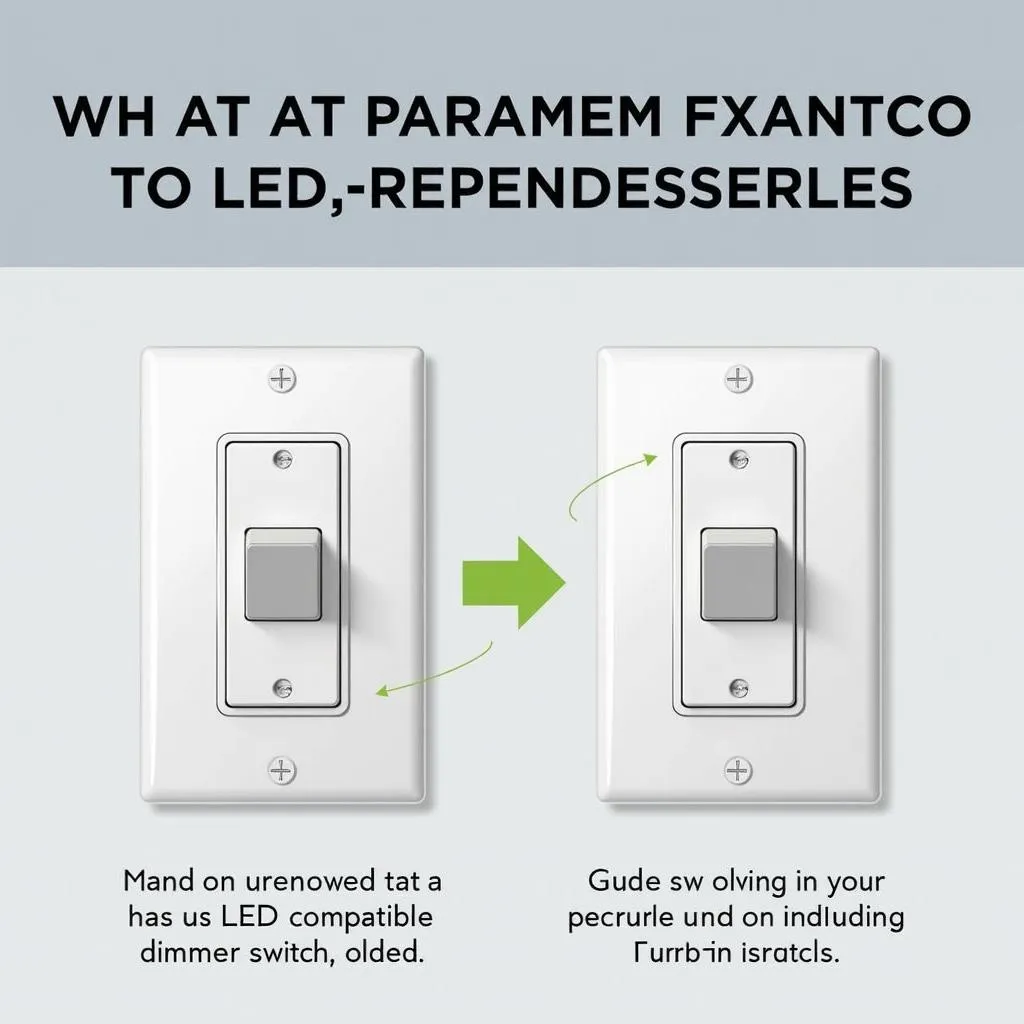You walk into your living room, ready to relax under the warm glow of your LED lights, only to find them flashing a disco-worthy array of colors. You haven’t touched a switch, and you definitely didn’t buy color-changing bulbs. So, what’s going on?
This seemingly spooky situation is actually a common issue with a simple explanation. Let’s shed some light (pun intended) on why your LED lights might be changing colors on their own and how to fix it.
The Culprit: Phantom Voltage
The most likely reason your LED lights are transforming into a kaleidoscope is something called “phantom voltage” or “ghost voltage.” Don’t worry, it’s not as scary as it sounds.
Phantom voltage refers to a small amount of electricity that’s still present in the wiring even when the switch is turned off. This residual voltage is often caused by:
- Inductive Loads: Appliances like ceiling fans, refrigerators, and even your HVAC system can create small electrical fields that induce voltage in nearby wires.
- Capacitive Coupling: Parallel wires can act like tiny capacitors, storing and releasing small amounts of electricity.
- Long Wiring Runs: The longer the distance electricity travels through your wires, the higher the chance of voltage drop and residual voltage.
 LED Lights Changing Colors
LED Lights Changing Colors
Why LEDs Are More Sensitive
Now, you might be wondering why this wasn’t an issue with your old incandescent bulbs. The answer lies in the technology itself.
LEDs are incredibly energy-efficient and require far less electricity to operate than their incandescent counterparts. This sensitivity makes them more susceptible to phantom voltage, causing them to flicker or change colors even when there’s not enough power to fully illuminate an incandescent bulb.
How to Stop the Light Show
If your LED lights are putting on an unwanted light show, there are a few things you can try to resolve the issue:
- Check for Faulty Switches: Sometimes, a faulty switch can leak a small amount of electricity, leading to phantom voltage. Consider replacing old or worn-out switches.
- Identify the Source: Try to pinpoint any appliances or devices that might be causing the phantom voltage. If you can identify the culprit, try plugging it into a different circuit or using a surge protector.
- Install LED-Compatible Dimmers: If you’re using a dimmer switch, make sure it’s compatible with LEDs. Traditional incandescent dimmers often don’t play well with LEDs and can cause flickering or color changes.
- Add a Bypass Resistor or Capacitor: These components can help absorb phantom voltage and prevent it from reaching your LED bulbs. You can consult with a qualified electrician to determine the appropriate solution for your specific situation.
 Troubleshooting LED Light Issues
Troubleshooting LED Light Issues
When to Call a Professional
While most cases of phantom voltage can be resolved with simple troubleshooting, it’s always best to err on the side of caution when dealing with electricity.
If you’re uncomfortable working with electrical wiring or your efforts to resolve the issue are unsuccessful, don’t hesitate to contact a qualified electrician. They can diagnose the problem accurately and recommend the safest and most effective solutions to ensure your LED lights shine brightly without any unwanted color changes.
Conclusion
Seeing your LED lights change colors unexpectedly can be startling, but understanding the role of phantom voltage can help demystify the situation. By following the troubleshooting tips outlined above or consulting with a qualified electrician, you can reclaim control of your lighting and enjoy the energy-efficient brilliance of LEDs without the added theatrics.
FAQ:
Q: Can phantom voltage damage my LED lights?
A: While phantom voltage is unlikely to cause immediate damage, prolonged exposure can potentially shorten the lifespan of your LED bulbs.
Q: Do all LED lights change colors with phantom voltage?
A: Not all LED lights will exhibit this behavior, as sensitivity to phantom voltage can vary depending on the bulb’s design and manufacturing.
Q: Can I fix phantom voltage myself?
A: While some solutions, like replacing a switch, can be DIY-friendly, it’s generally advisable to consult with a qualified electrician for any electrical work to ensure safety and proper resolution.
Need further assistance with your lighting? Contact us at Phone Number: 0373298888, Email: [email protected], or visit our office at 86 Cầu Giấy, Hanoi. Our dedicated customer support team is available 24/7 to assist you.
